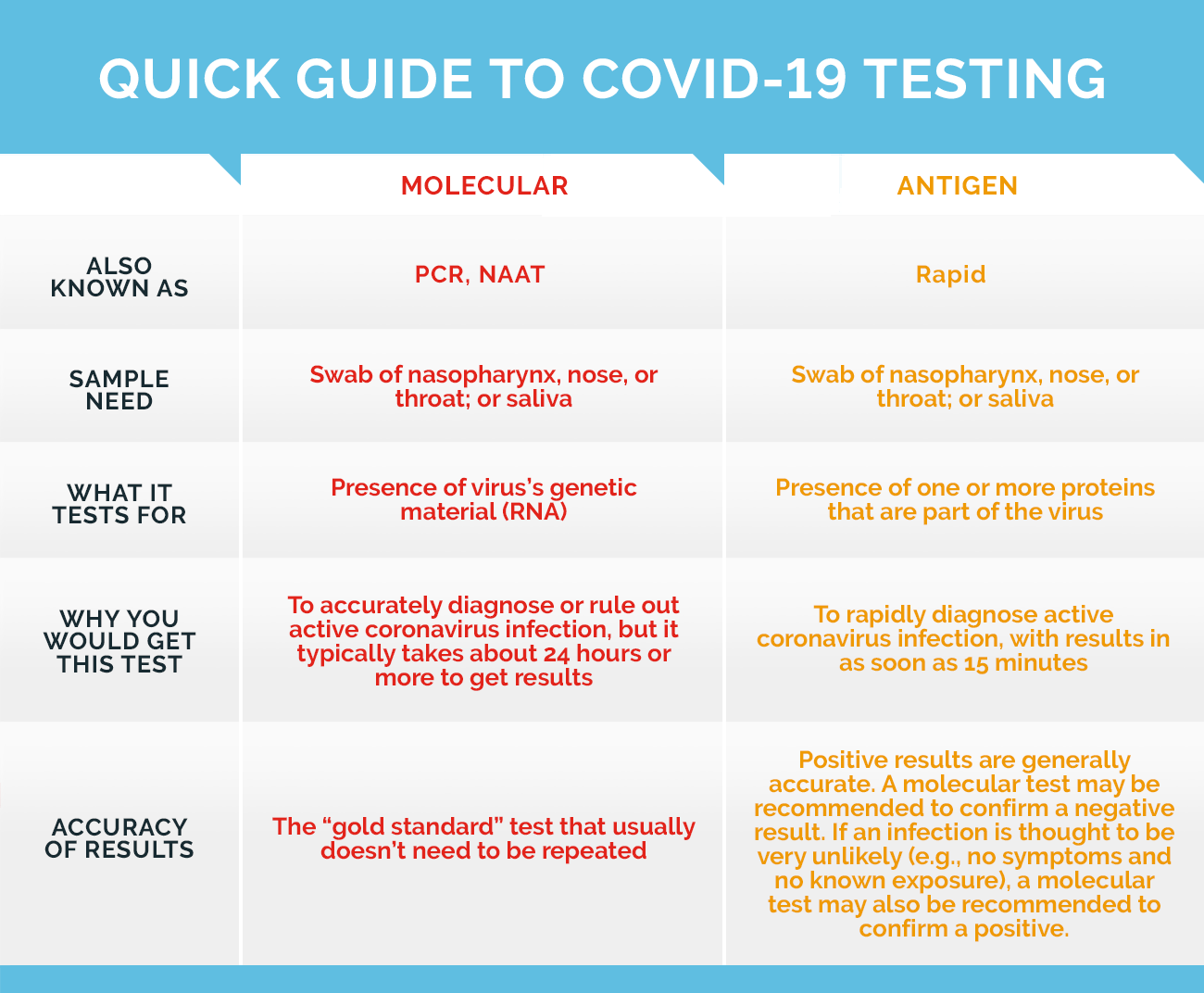Traveling in today’s world requires a considerable amount of planning, especially in light of the ongoing global health concerns. As we venture back into the skies, “Fit to Fly” certificates, particularly for international travel, have become more than just a mere formality—they are essential. This article delves deep into the world of at-home PCR tests that ensure your readiness for travel while shedding light on how they can transform your experience and offer peace of mind.
The first thing to understand is the significance of the PCR test in the travel landscape. PCR, or Polymerase Chain Reaction, tests detect the genetic material of the virus—not just the presence of antibodies, but the virus itself. This distinction is crucial, as many countries accept only PCR test results, not rapid antigen tests. Essentially, if you want to travel, a negative PCR test may be your golden ticket.
Now, let’s peel back the layers surrounding at-home PCR tests. These tests are a more convenient alternative to visiting clinics or testing sites. Imagine the ease of taking a test in the comfort of your home, free from the hustle and bustle of busy centers. You can take your test on your own timetable, whether it’s early in the morning or late at night. But how do these at-home tests work?
Upon ordering, a kit is delivered directly to your doorstep. The kit typically contains everything needed: swabs, instructions, and sometimes even a prepaid return envelope. It’s almost as if the entire testing laboratory has been distilled into one compact box! Once the test is administered, the sample is usually sent to a certified laboratory where it undergoes a rigorous analysis. Within a short span—often 24 to 48 hours—you receive the results via email or an app, and voilà, your “Fit to Fly” certificate is either confirmed or denied.
Using an at-home PCR test does not only promise convenience; it also minimizes exposure to crowded waiting rooms. As health experts continue to urge social distancing, this aspect can’t be overstated. You have the luxury of controlling your environment, using your own sanitizing procedures, and feeling secure in the safety of your space.
However, with any innovation, there comes skepticism. The question arises: Are these at-home tests as reliable as those conducted in professional settings? Health authorities have established strict regulations for at-home testing kits, ensuring they meet high standards. Most kits that are available on the market are backed by reputable labs and are FDA-approved. Of course, no test is devoid of error, but the reliability of these at-home tests has become quite impressive—offering accuracy rates comparable to traditional methods.
Another consideration is the timing of the test in relation to your travel schedule. It’s crucial to be aware of the regulations set forth by your destination country, which may dictate when the test must be taken prior to your departure. Typically, this ranges from 72 to 96 hours before boarding. As such, precise planning is imperative. Utilize a calendar, perhaps even set reminders leading up to your departure, to guarantee everything aligns seamlessly.
Moreover, let’s consider the financial aspect. While at-home PCR tests might seem initially pricier compared to standard tests at clinics, the overall cost-effectiveness might surprise you. Factor in the expenses of traveling to a clinic, possibly taking time off work, or even the potential lost travel plans should you face delays. The at-home PCR test, with its expanded convenience and time-saving attributes, could indeed save money in the larger context of your travel budget.
But what happens if you test positive, despite adhering to all precautions? This is a concern many travelers grapple with. In many cases, a positive result could necessitate a change in travel plans. Testing positive could mean isolation, subsequent testing, and potentially losing out on non-refundable tickets. However, it’s also an opportunity for introspection. It provides a crucial chance to prioritize health—both your own and the health of those around you. Remember, the situation is ever-evolving; be prepared to align your plans with current health advice and travel regulations.
Certainly, the final benefit of at-home PCR tests lies in the peace of mind they offer. Knowing that you have taken the necessary steps to ensure your travel safety—and that of others—can alleviate anxiety. It’s an empowering feeling to be “Fit to Fly,” knowing you complied with every health requirement. Your adventure is not just back on, but it also begins with a sense of confidence.
Ultimately, navigating the world of travel in our current environment can be a daunting task. Yet at-home PCR tests present a promising alternative for those yearning to explore the globe again. By taking the initiative to secure a reliable test, you regain a semblance of control, empower your journey, and foster an enduring environment of safety both for yourself and fellow travelers. So pack your bags, prepare your test kit, and get ready to embark on a fresh chapter of travel adventures!
